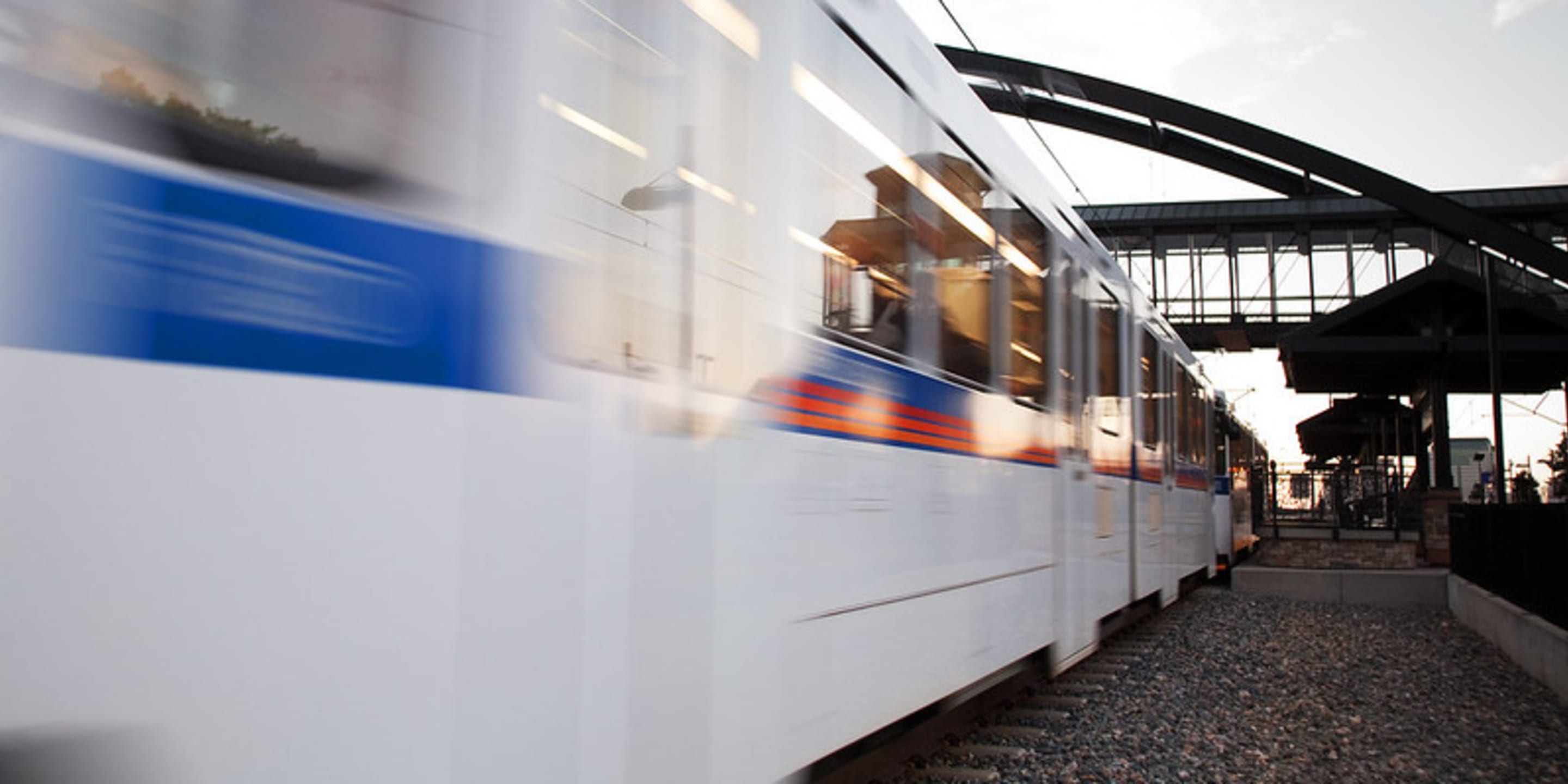
RTD’s extended maintenance window eliminates two speed restrictions
DENVER (May 22, 2025) –– The Regional Transportation District (RTD)has fully lifted two speed restrictions near Yale Station and reduced the light rail system’s last remaining slow zone to approximately 400 feet. During a three-day extended maintenance window, crews focused their efforts on grinding more than 5,000 feet of rail between Yale and Southmoor stations. Crews were also able to complete track repairs north of Yale Station, removing both the inbound and outbound restrictions. Trains are now operating under normal speeds through an area that has had 10 mile-per-hour restrictions since last June.
The agency anticipates clearing its last remaining speed restriction, which is located on the outbound track near Southmoor Station, next week during regularly scheduled overnight maintenance periods. To date, 30 of the 31 speed restrictions that have been put in place over the last year have been eliminated. RTD’s light rail speed restrictions webpage has been updated to reflect today’s announcement.
Track Inspections
RTD adheres to the American Public Transportation Association (APTA) standards for the periodic inspection and maintenance of transit tracks.APTA’s standards, which RTD began using last May, include visual, electrical, and mechanical inspections of components that affect safe and reliable rail operations, as well as standards for implementing necessary speed restrictions. The standards also outline the required qualifications for rail employees or contractors who perform inspections and complete maintenance tasks. RTD’s light rail inspections are conducted annually, quarterly, monthly, and twice weekly, depending on the type of inspection being performed.
Once a year, RTD conducts an ultrasonic inspection of all 120 miles of light rail track. An ultrasonic inspection uses high-frequency sound waves to detect internal flaws, cracks, or other structural issues with the rail. Additionally, staff walk the entire system every 90 days to take additional measurements and carefully document any anomalies found. The quarterly walking inspections allow the agency to collect thousands of data points, identify recurring issues, and analyze patterns that may be observed. Twice each week, all 120 miles of track are also inspected using a “hi-rail” vehicle that drives the track at speeds where the rail can be carefully assessed.
Future Speed Restrictions
Due to RTD’s aging rail infrastructure, temporary speed restrictions will continue to be implemented in the future, when necessary, following regular track inspections.